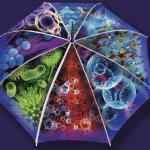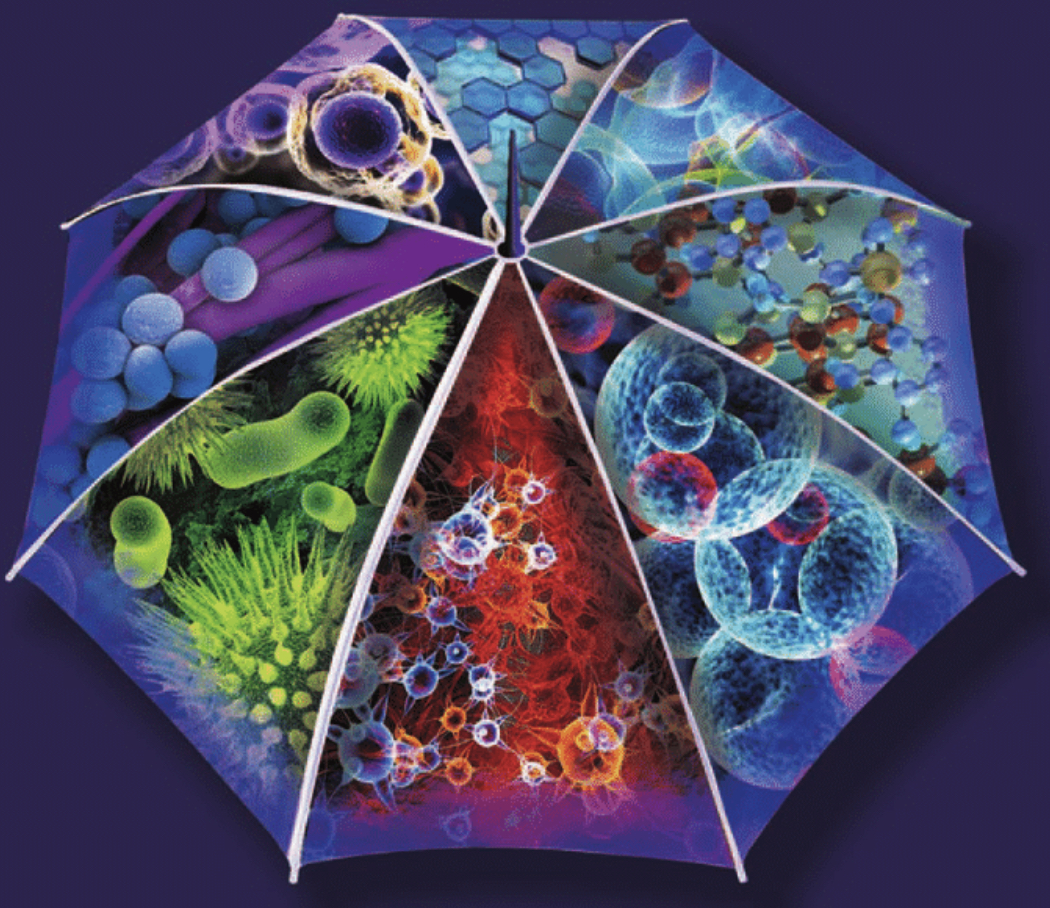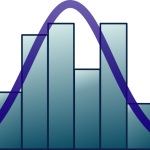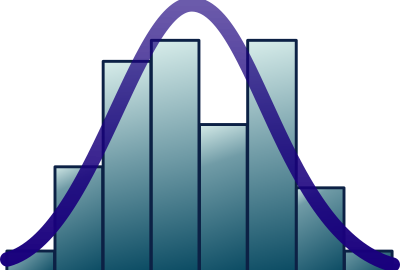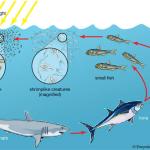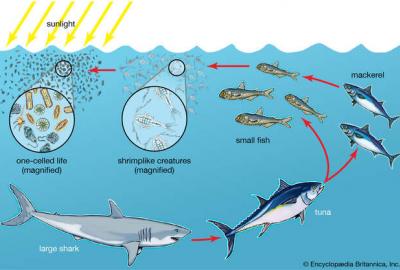Environmental toxicogenomics
Environmental genomics, with emphasis on transcriptomic studies in environmentally relevant non-model organisms; application of genomic technology to environmental resources management and ecosystem health assessment. Aims at providing basic notions, with the use of practical examples, that will explain the principal techniques used in marine and environmental genomics and toxicogenomics.
At the end of the Unit the student should master the technology, tools and information required for the planning, development and interpretation of high-throughput genomic and transcriptomic studies; and know how to design a research project based upon the study of gene transcription profiles diagnostic of exposure to and/or effect of chemical compounds in laboratory and real field/environmental conditions: selection of sentinel species, sequence information retrieval; traditional and massively parallel sequencing techniques; gene expression analysis techniques; and analysis of gene pathways.
Course Contents
- Environmental metagenomics and gene discovery
- Genomic services for aquaculture, fisheries research, study of fish stock dynamics, agriculture, food supply, comparative physiology...
- Genomics and environmental model organisms.
- Marine genomics and patents.
- Basic concepts in toxicogenomics: ecotoxicogenomics, functional genomics, transcriptomics, proteomics, metabolomics, analysis of gene expression, and gene ontology.
- Molecular mechanisms in cell toxicity: effects on gene transcription levels. Gene families with predictive capacity in toxicology: inflammation; peroxisome proliferation; mutagenesis; carcinogenesis; teratogenesis; agonists of AhR and other nuclear receptors; metal scavengers; detoxification metabolism; cytotoxicity; apoptosis; and immunosuppression…
- How to address the lack of basic gene sequence information about the species of interest. Cloning, “expressed sequence tags” (ESTs). “Suppression subtractive hybridisation-PCR”. Gene sequencing, Genome vs transcriptome sequencing. Massively parallel sequencing techniques. Sequence/Gene annotation (Gene ontology).
- Basic techniques for the qualitative and quantitative study of differential gene expression (effects of chemical compounds). Toxicological fingerprinting. RT-PCR, Q-RT-PCR. Northern-blot, dot-blot, in situ hybridisation. Differential display PCR. Suppression subtractive hybridisation-PCR. Microarrays (microchips) and transcriptomics
- Toxicogenomics vs proteomics vs metabolomics. Systems biology.
- Knock-down and transgenic technology and the gene dissection of relevant molecular pathways.
- Practicals
- Navigating through the web in search of gene/genome/metagenome databases.
- Gene sequence repositories, Genome sequence repositories (NCBI, ENSEMBL, GOLD).
- Gene expression repositories (GEO, Arrayexpress).
- Pathway analysis based on Gene ontology (GoFact, KEGG pathways).
- Microarray data interpretation and analysis tools.
Final Competences
- Detect/interpret molecularly and mechanistically the adaptation events that living organisms trigger to obtain homeostasis in disease; reproduction; toxicity, feeding regimes and in a changing environment.
- Determine the action mechanisms of different chemical compounds, on different cell functional pathways and structures.
- Understand the usefulness of using transcriptional profiles in the evaluation of the quality of the environment and its application in pollution biomonitoring programs.
- Learn the diagnostic usefulness of the ecotoxicogenomic approach in the determination of the ethiology of diverse pathologies and toxicopathies in animals.
Further course information can be found here: https://studiekiezer.ugent.be/2026/studiefiche/en/C004231

